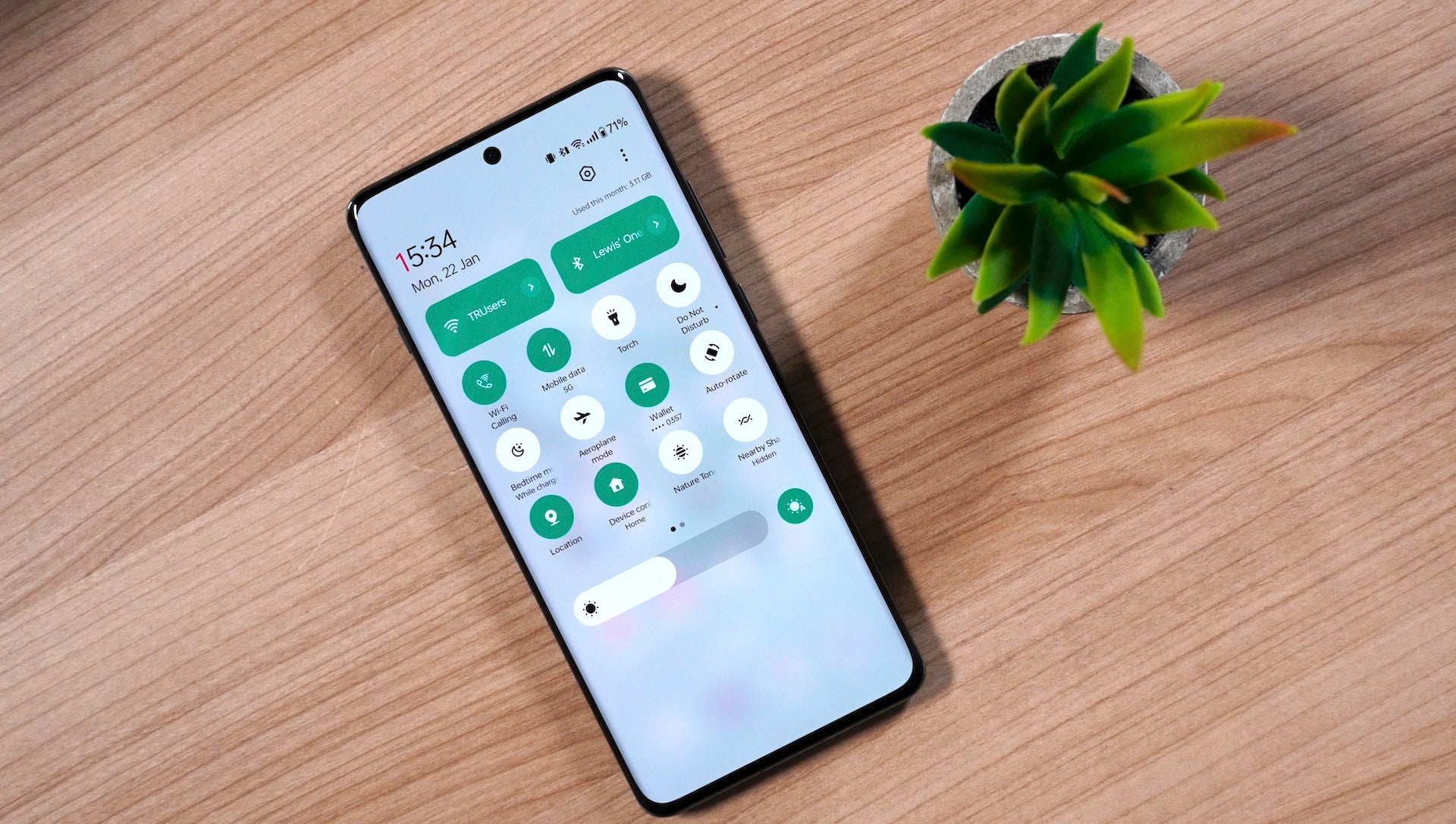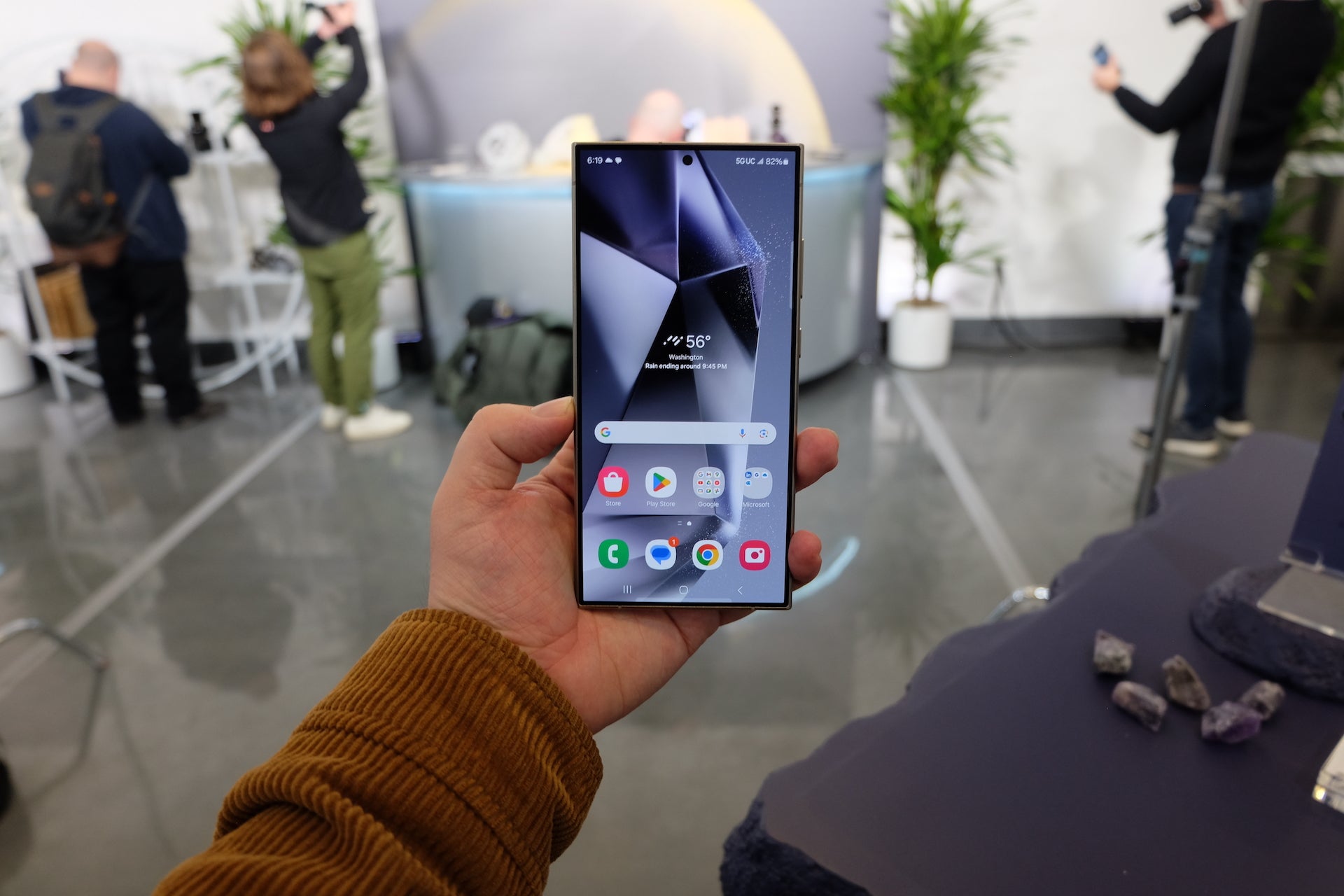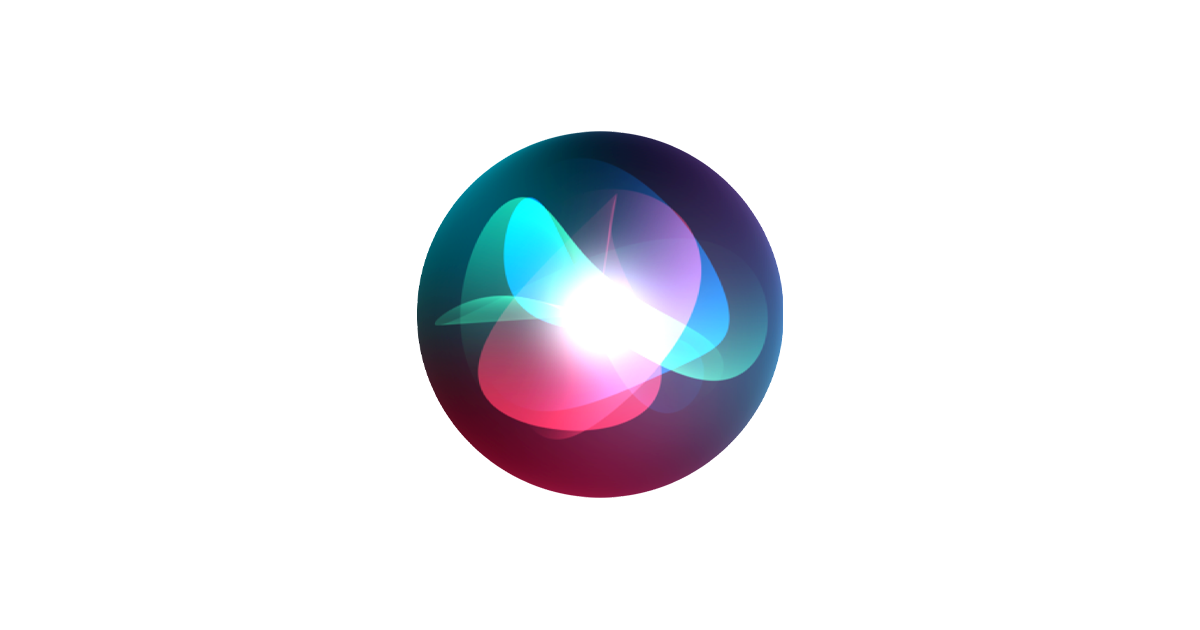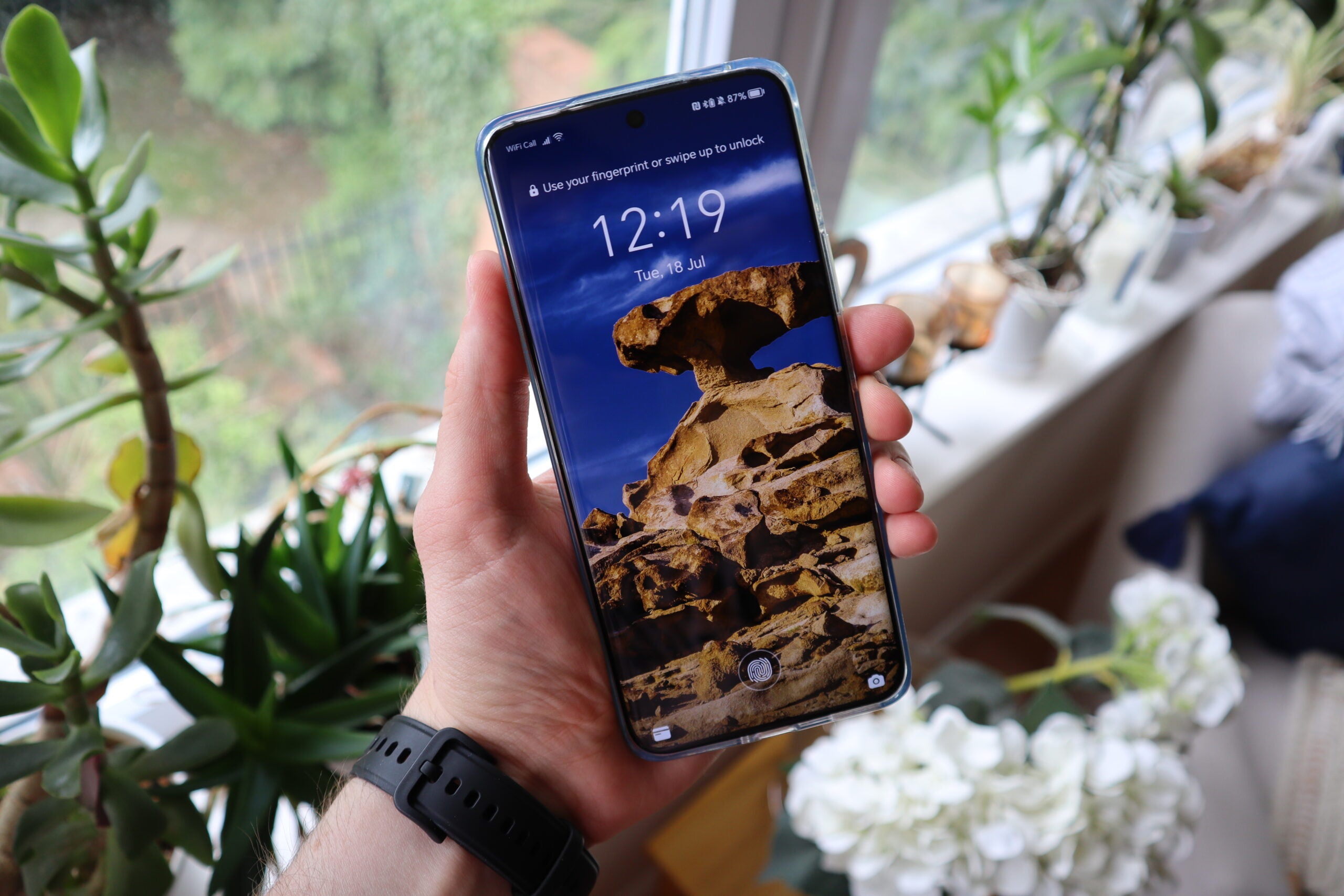What is AirVOOC? The OnePlus and OPPO feature explained

Fast charging has become a feature we expect on any new flagship smartphone.
For example there’s the universal wireless Qi charging with compatible devices, there’s the dedicated Samsung Adaptive Fast Charging, all which aim to get you back to 100% faster than ever before.
So where does AIRVOOC come into this and how does it set itself apart from the competition? Read on to learn more about the OnePlus and Oppo feature, AirVOOC, and see how it compares to other fast charging technologies.
What is AirVOOC?
Before learning about AirVOOC, it helps to know and understand what VOOC is. VOOC (which stands for Voltage Open Loop Multi-step Constant-Current Charging) is a fast charging technology that was first introduced in 2014 by Oppo Electronics. Its aim is to provide fast charging without overheating, therefore keeping devices cool and safe.
AirVOOC essentially harnesses the fast charging ability of VOOC but is a wireless charging solution. AirVOOC charging speed is comparable to VOOC 4.0 wired charging speed, whereby devices can be fully charged in under an hour.
So far, the AirVOOC wireless charging supports speeds up to 50W. However, these charging speeds are only possible with compatible phones from Oppo and OnePlus. AirVOOC should work with other devices supporting QI wireless charging too, but in such instances, charging speeds will be restricted.
AirVOOC solutions also have air-cooling technology, to ensure charging devices can’t overheat. It features Butterfly Wing air-cooling technology which means the maximum temperature of a charging smartphone can be maintained before 39℃.
What devices have AirVOOC?
AirVOOC wireless chargers are able to charge most mobile phones and headphones that support wireless charging. The only difference is that the actual charging speeds will differ depending on the individual device’s maximum charging speed, and it may work faster with dedicated compatible devices.
To unlock the full potential of AirVOOC, you’ll need a compatible smartphone from the likes of OnePlus or Oppo.
For example, the newly launched OnePlus 12 has 50W AirVOOC charging, which supposedly should take the phone up to 100% in just 55 minutes, whereas the iPhone 15 has a smaller capability of 15W wireless charging. This means that although the iPhone 15 will be able to charge using an AirVOOC charger, it won’t be as fast as the OnePlus 12.








